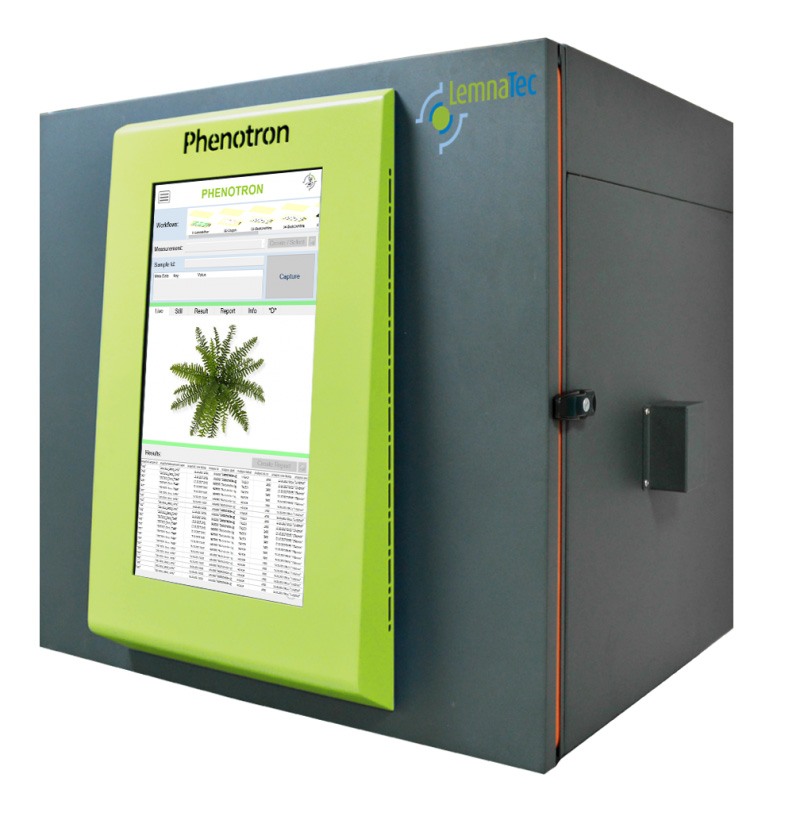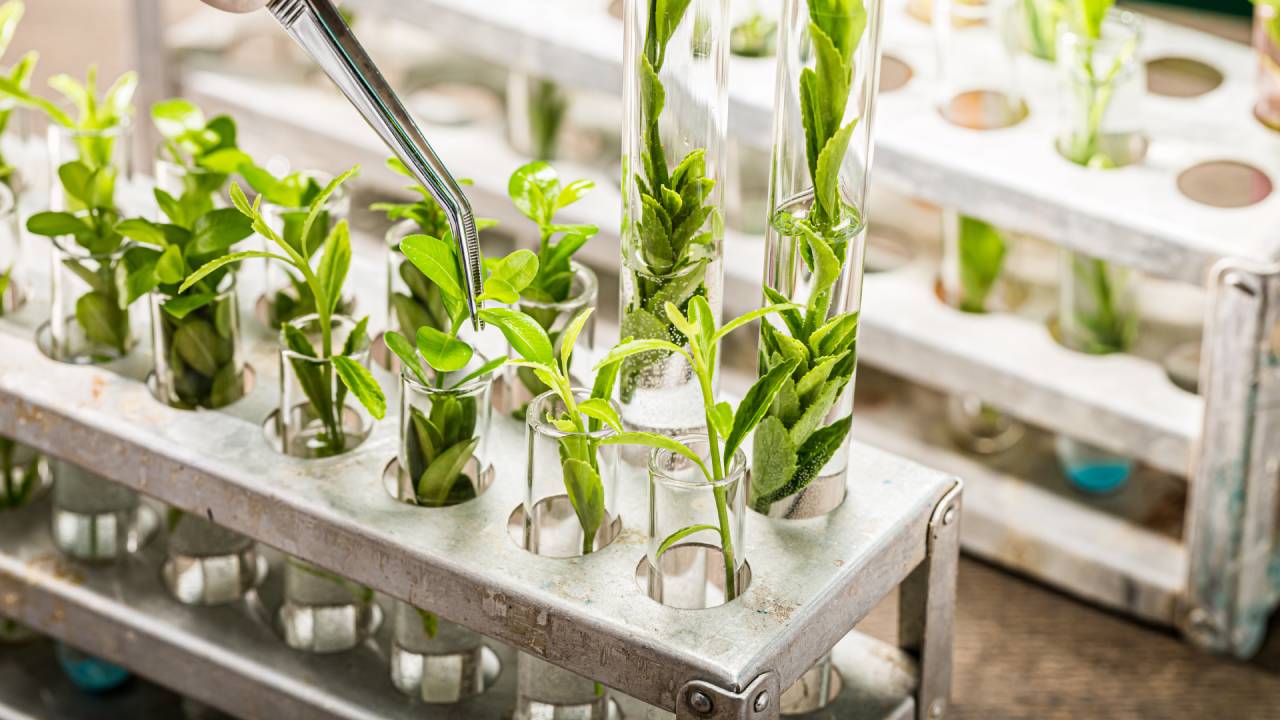The Phenotyping Phenomenon: How Plant Phenotyping Technology Improves Plant Performance
For much of history, people prayed to their gods to deliver them a good harvest. There’s no need to pray anymore…
With the help of plant phenotyping technology, you can control almost every aspect of your crop growth, making you more confident in your yields.
Read on to learn more about what plant phenotyping is and how it can improve your plant performance.
What is Plant Phenotyping?
Plant phenotyping is the study of a plant’s physical and physiological traits. By gathering this information, you can get a complete picture of a plant’s phenotype, which includes all its observable characteristics and helps you create the perfect conditions for optimum growth.
The History of Plant Phenotyping
While people have been experimenting with plant phenotyping since the invention of agriculture, it first became a recognised discipline in the 19th century. Scientists, armed with Darwin’s theory of evolution, began studying plant anatomy and physiology to better understand their growth and development.
In the early 20th century, plant breeding became more widespread. Advancements in smart digital farming have made plant phenotyping a rapidly advancing science in recent decades.
How Does Plant Phenotyping Work?
Plant phenotyping measures and analyses various physical plant traits, such as their:
- Height
- Biomass
- Root length
- Leaf size and shape
- Flower colour
This list is by no means exhaustive, and will differ depending on the plant species. For example, some plants may not have roots, while some may not have flowers.
It isn’t just the physical characteristics that are assessed. The plant’s physiological characteristics are also important. These can include:
- The presence of parasites or mould growth
- Photosynthesis
- Transpiration
- Water use efficiency
- Susceptibility to climate and temperature
Once again, there may be many more characteristics analysed depending on the specific species. This information tells you what’s going on beneath the surface, especially when considering how the environment impacts growth and yield.
Finally, the data collected from both physical and physiological measurements is analysed to get meaningful insights into the plant’s phenotype. These insights can be used to understand the genetic and environmental factors that impact plant growth and development, and make informed decisions about breeding programs and crop management.
The Benefits of Plant Phenotyping
There are many benefits to integrating plant phenotyping into your crop management plan.
Improved Plant Survivability and Yield
Plant phenotyping helps identify the genetic and environmental factors that affect the viability of your crops. By identifying the risk factors that cause plants to die or under-produce, you can perfect your growing conditions, leading to improved yields and plant health.
Improved Understanding of Ideal Environment
Plant phenotyping can help you understand how plants respond to various environmental stressors, such as drought, heat, and salinity. This information can be used to develop more resilient crops that can better withstand these factors..
Better Breeding Selections
Information from plant phenotyping can help breeders select the best plants for breeding. Desirable traits can include:
- Survivability
- Interesting or unique traits
- Natural disease resistance
- Climate hardiness
- Optimal yield
This helps you eliminate undesirable genes and diseased plants from your crop, or helps you breed a hardier crop over time.
How Has Technology Impacted Plant Phenotyping?
Plant phenotyping previously needed to be done by hand, but advancements in image processing and simulating environmental conditions has made phenotyping less labour intensive and more scalable. One tool that can do both is the LemnaTec PhenoTron.
The LemnaTec PhenoTron

The LemnaTec PhenoTron will revolutionise your ability to assess and experiment with different phenotypes.
It combines the imaging and image processing capabilities of a LabScanalyzer with the advantages of a climate-controlled growth cabinet. This means you can trial different simulated climates on control groups and capture high resolution images to show how they are affected. The PhenoTron can simulate wild temperature fluctuation with its impressive 15°C to 40°C range.
The PhenoTron’s climate-controlled growth chamber is equipped with tunable LED light sources and top stereo RGB cameras, meaning images can also capture the morphology and colour of your samples.
Better yet, you don’t even have to take them yourself. The machine can take them automatically on schedules that you set using the touchscreen interface.
The PhenoTron is capable of handling various sample sizes, from petri dishes and beakers, to seedlings, all the way to mature plants. You can even test disembodied samples, like leaves or branches.
Armed with the knowledge that the LemnaTec’s PhenoTron provides, you save your experimentation for samples, rather than risking losing your entire crop. Then, once you have the results, you can make large scale adjustments to your crop management plan.
Portable Analytical Solutions
Portable Analytical Solutions supplies all sorts of analysis devices for a range of industries across Australia and New Zealand.
While agriculture is one such industry, there are many others that could also help you make sample analysis faster and more accurate.
To purchase your own LemnaTec PhenoTron, or one of our other plant phenotyping products, don’t hesitate to get in contact today.
